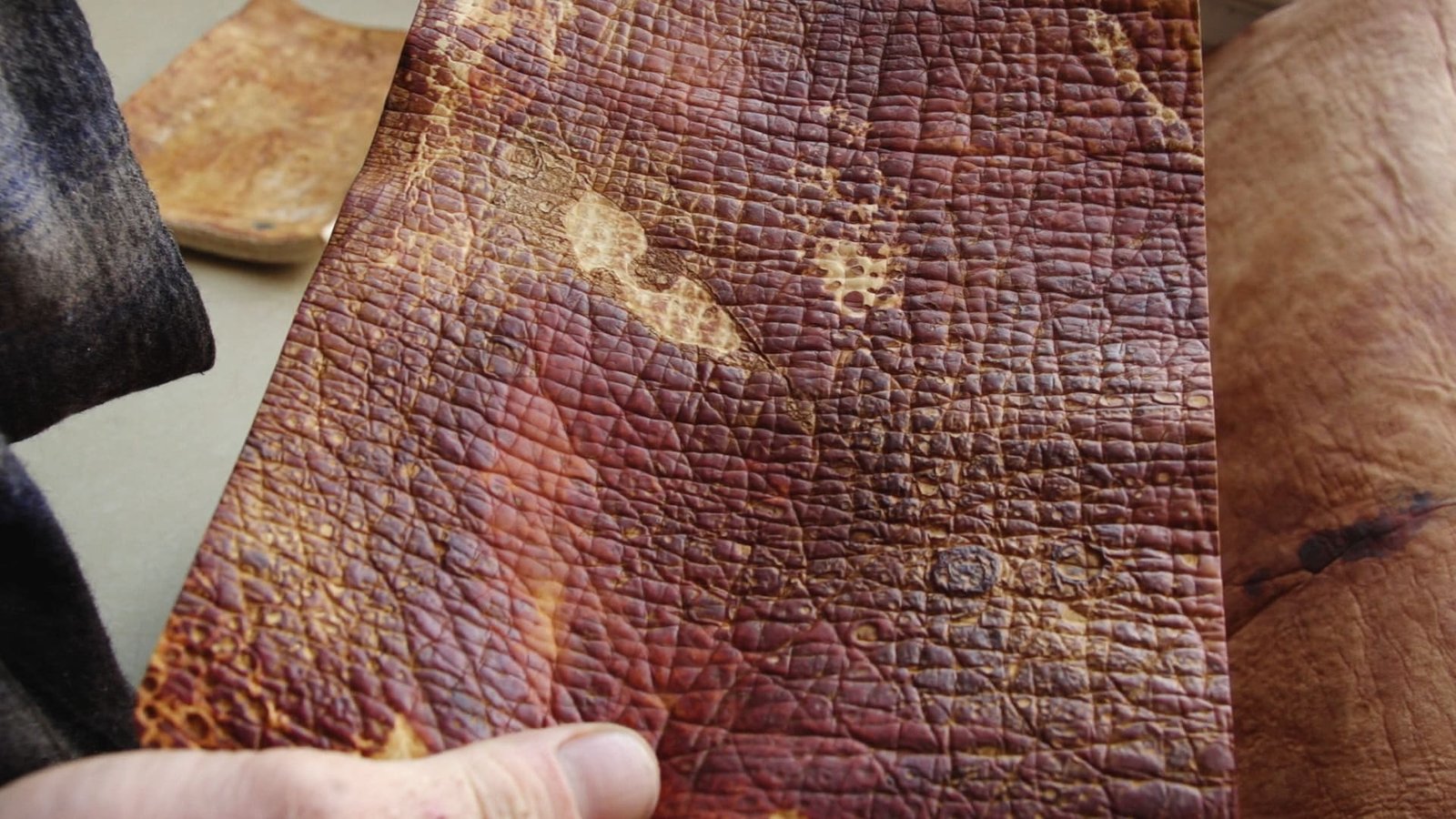In view of resources dwindling fast and natural fibers like cotton being resource-intensive to process and petroleum-based fibers like acrylic, polyester, nylon and spandex not being the most environmentally friendly, it is about time to look for sustainable alternatives when producing fibers and fabrics. In this series, Fashion United explores the sustainable alternatives and textile innovations that are currently being pursued all over the world.

German company ZVNDER (pronounced ‘tsoonder’) specializes in the production of accessories like wallets, neck pouches, caps and watch straps made out of tinder fungus ‘leather’. The tinder fungus or horse fungus (Fomes fomentarius) lives on dead or weak trees, often for years, and produces very large polypore fruit bodies that are shaped like a horse’s hoof. Tinder fungi typically continue to live on trees long after they have died, thus changing from parasites to decomposers; birch, beech and oak are common host trees. The polypore’s can reach a diameter of up to 30 centimeters. Earlier, thin strips of the inner spongy layer were cut and used as tinder, giving the fungus its nickname.
There are many advantages for Mushroom leather.
Mushroom leather is organic, gluten and chemical free and has a marbled, velvety surface. It is only visually similar to animal leather but is a vegan product with highly absorbing, antibacterial and antiseptic properties. The high amount of air gives the mushroom leather its lightness and at the same time, has an insulating effect.
The material is sourced in Transylvania, Romania, a densely forested region where many tinder sponges grow. Accordingly, producing Amado – the spongy material derived from Fomes fomentarius – has been practiced for generations here and ZVNDER relies on this knowledge and the unique qualitative production of local family businesses. The mushrooms are harvested by hand, thus in a nature-friendly way and dried for up to one year.Then, they are peeled and processed by hand in an elaborate process.
-“The family businesses receive certificates for collecting the mushrooms. As a result, the fruiting bodies of the tree fungi can be harvested with care and the preservation of the species is ensured. During processing, no chemicals are used. The resulting waste materials during processing are used, for example, as a smoking product in beekeeping”, explains ZVNDER. In a small studio in a suburb of Berlin, the handmade tinder sponge leather is then processed further, keeping the unique properties of the material in mind and adapting them to fit the product requirements. For example, natural absorbency is developed further to protect the tinder sponge leather from moisture and to make it more durable. In addition to the production of composites from biotech and mushroom leather, various coatings are used.

